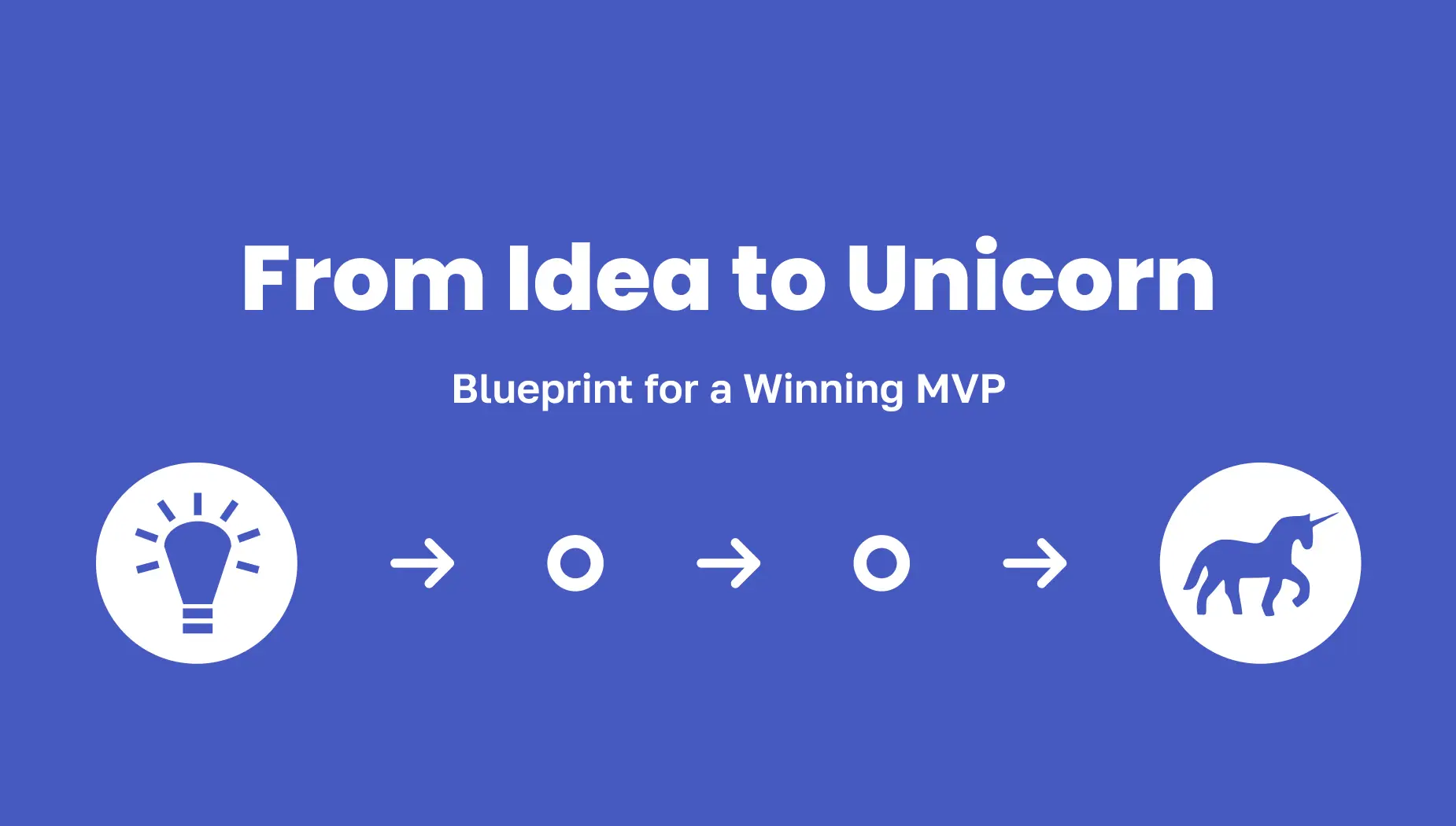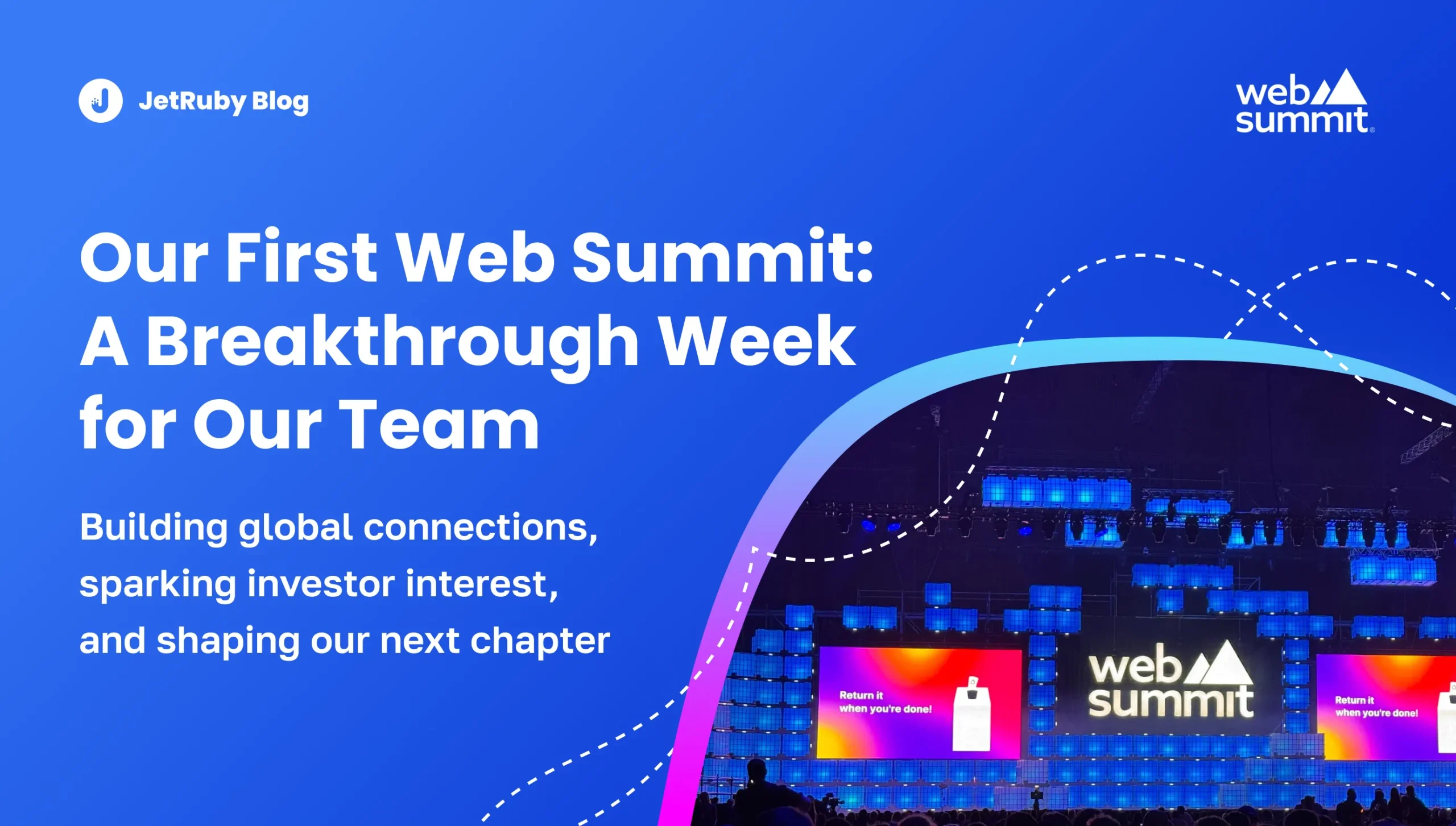Table of Contents
The MVP (Minimum Viable Product) is the optimal size product for the initial phase and user release, serving as the foundation for launching the project. It should be robust enough to encourage adoption, satisfaction, and sales, yet not so extensive that it becomes overly complex or risky. From a technical standpoint, it’s a product that offers the highest return on investment (ROI) compared to the level of risk involved. Determining the MVP means giving more importance to the key features that matter most to your target customers, not just including all requested features from all customers.
The concept of a Minimum Viable Product (MVP)
The concept of a Minimum Viable Product is best explained through the analogy of building a series of transportation methods. Instead of designing a car, you begin with a simple, functional form like a skateboard. It may not be as fast or comfortable as a car, but it gets the user from point A to point B, providing value immediately. You then progress to a scooter, a bicycle, a motorcycle, and finally, a car — each step adding more value and functionality.
This approach illustrates that an MVP is not just a part of the final product but a fully functional version that delivers core value from the start. It allows testing, feedback, and iterative improvement, ensuring each development stage delivers a complete, high-quality product.
A successful Minimum Viable Product (MVP) is created based on four essential characteristics:
- Addresses a genuine problem by identifying a real customer need and offering a unique solution.
- Provides value by focusing on core features that meet this need while standing out with a strong value proposition.
- Effectively draws in early adopters, capturing the attention of an initial user base and promoting active participation.
- Serves as a crucial learning tool, enabling the gathering of user feedback and providing valuable insights that drive continuous product development and improvement.
These four elements combine to form the basis of a successful MVP, leading to a product ready for the market.
Why create an MVP?
There are several benefits to your product development process:
- Proving the Concept with Low Risk
Every product begins with the assumption that it can solve a customer’s problem. An MVP confirms that this problem is real and that customers are willing to pay for the solution — all with minimal investment. - Optimizing Development Costs
By spreading costs over time and iterating based on user data, an MVP ensures only essential features are developed, bringing the product closer to the ideal solution. - Boosting Stakeholder Buy-In
By confirming product-market fit and identifying an initial customer base, an MVP increases the likelihood of securing early support from investors. - Shaping Marketing Strategy
MVP development reveals what matters most to customers, guiding marketing efforts that resonate with the target audience.
Are you Thinking of diving right into MVP development? Just a moment!
Let’s delve into MVP discovery — a vital step, a compass for your MVP. Discovering the potential of your MVP is a successful development journey where you delve into the fundamental elements that shape your MVP.
Why is the «Discovery phase» essential?
The discovery phase focuses on:
- Validating Market Needs
Ensuring a genuine demand for the product and avoiding the development of features that don’t solve real user problems. - Clarifying Product Vision
Refining the MVP’s objectives to align with the target audience’s needs. - Setting Achievable Goals
Understand the market and user requirements, and set realistic and measurable goals for MVP development.
During this phase, the JetRuby Agency team guides, advises, and collaborates closely with the client to ensure that every element of the MVP — from the initial concept to the technical infrastructure — is meticulously planned and aligned with the project’s objectives. We focus on UI/UX design, a well-defined MVP scope, and technical feasibility.
By the end of the discovery phase with the JetRuby team, clients gain a solid foundation for their MVP. Both the client and the development team share a clear understanding of the project’s direction, potential challenges, and a detailed roadmap to guide the development process.
This phase is important in MVP development, ensuring that every aspect of the project, from design to execution, is perfectly aligned with the client’s vision and market needs.
Real-Life Examples of Successful MVPs
MVPs have helped in validating ideas and driving growth across industries. For example:
- Uber started with a simple app connecting riders and drivers in San Francisco, quickly validating the concept and scaling the business.
- Airbnb launched by renting out the founders’ space through a basic website, testing market interest.
- Amazon began as an online bookstore, using a focused MVP that paved the way for its eventual expansion into a global marketplace.
These examples demonstrate how MVPs can validate ideas, gather feedback, and guide the development of successful products.
How to Determine the Core Features in a Minimum Viable Product?
Determining the core features of an MVP is a critical step that requires a deep understanding of the problem you’re solving and the needs of your target audience. Here are some steps to help identify the core features:
- Define the Problem
Identify the problem your product solves to focus on features that directly address it. - Identify Your Target Audience
Conduct user research to understand their pain points. - Prioritize Features
Use the MoSCoW prioritization technique (Must have, Should have, Could have, Won’t have) to determine essential features. - Focus on Value
Ensure the core features provide immediate value to users. - Consider Technical Feasibility
Select features that can be quickly and efficiently developed to bring the MVP to market faster.
MVPs for Established Businesses
Established businesses can benefit from MVP development no less than startups, particularly when they aim to enhance or expand their current operations. MVPs aren’t just for testing market fit in new ventures — they also serve as crucial tools for optimizing processes, launching new services, or transitioning to more advanced platforms. A strong MVP helps streamline operations, adapt to changing market conditions, and deliver essential value to customers without the delays or risks of full-scale product development.
One example is a company that operates 16 storage facilities across the U.S. Initially, the business rented its units through third-party online platforms. While these platforms handled the customer interface and logistics, they also took a significant share of the revenue and limited client’s control over customer interactions and data. When the company decided to end these partnerships and manage rentals directly, they required a custom-built website to handle all aspects of rental management. The fact that the client set strict deadlines due to the expiration of their contracts with external platforms, was a bit of a challenge.
This was a case where speed and precision were the top priority. The company couldn’t afford a prolonged development process, as it risked losing customers and revenue during the platform migration process. At JetRuby Agency, we understood the urgency and helped design an MVP that focused on delivering the core functionality necessary to handle rentals through a new, in-house system.
The key features of this MVP included:
- User-friendly rental management
A streamlined user interface allowed customers to easily browse available units, check pricing, and make reservations online. - Customer account management
Tools for customers to log in, view their rental history, make payments, and update personal information.
Given the tight deadline, our team adopted an agile development process, breaking the project into manageable phases we quickly launched the most critical features. This approach enabled our client to transition away from third-party platforms, minimizing downtime and ensuring uninterrupted customer service.
In this instance, the MVP wasn’t about testing a market hypothesis – but delivering essential, business-critical functionality. The goal was not to validate the concept of storage rentals but to empower the company with the tools it needed to operate independently and control its customer relationships. The MVP we delivered was designed to meet immediate needs while laying the foundation for future expansion.
JetRuby’s Approach
Often, we collaborate with businesses that already possess a deep understanding of their operational needs and markets. In such cases, the MVP is not about discovery or proof of concept; it’s about delivering a practical, working solution that supports key business objectives like sales, customer management, or operational efficiency. Our approach typically involves:
- Quick Turnaround for Immediate Results
Established businesses often face strict timelines and need immediate solutions. In most cases, we work within a 3-4 month development window to ensure clients receive tangible, functional results quickly. Rather than embarking on a multi-year development project, we prioritize speed and agility and focus on delivering quality. - Focused on Core Business Needs
For established companies, the MVP focuses on delivering the features that directly support critical business functions. Whether streamlining a sales process, integrating new payment systems, or enabling better customer interactions, the MVP must solve pressing business problems and offer clear, immediate value. - Iterative Development for Future Expansion
Although the MVP delivers essential functionality, it’s always designed with scalability in mind. For our client, the MVP was the starting point for a more comprehensive platform that would eventually include advanced features like data analytics, automated billing reminders, and marketing tools for customer retention. This iterative approach ensures that the MVP can evolve alongside the business, incorporating user feedback and responding to new demands. - Collaboration with Internal Teams
We work closely with our client’s internal teams to ensure the MVP aligns with their broader business goals and technical infrastructure. This collaboration allows us to integrate existing systems, optimize workflows, and support the client’s long-term vision.
At JetRuby Agency we specialize in helping established businesses leverage MVP development to achieve their operational goals quickly and effectively. Our expertise in working under tight deadlines and delivering practical, business-oriented solutions ensures that our clients know their MVP meets immediate needs and is a solid foundation for future growth.
Conclusion
Starting with a simple, functional MVP allows you to validate ideas quickly, gather feedback, and iteratively refine your product for success. Whether in tech, e-commerce, healthcare, or other industries, the principles of creating an MVP are consistent: deliver value from the start, listen to users, and be ready to adapt.
At JetRuby Agency, we bring extensive experience in MVP development, always prioritizing the essential discovery phase. This phase is crucial in aligning your product with market needs, setting realistic goals, and ensuring a solid foundation for your project. Our team is dedicated to guiding you through each step, from concept to execution, ensuring your MVP is not viable and primed for success. If you’re ready to take the next step in your product development journey, address JetRuby Agency for expert support and partnership.




